Kenzan's Snow-capped Bamboo Sake Cup by Kosai Miyagawa
Kenzan's Snow-capped Bamboo Sake Cup by Kosai Miyagawa
Couldn't load pickup availability
Height: 7.5cm Width: 6.5cm
"Kenzan's Snow Bamboo Sake Cup" is a beautiful sake cup with a painting of bamboo covered in snow. Bamboo is a plant that combines delicate beauty with strength, and this sake cup skillfully expresses its natural form. The bamboo is painted in colors such as green, blue, and black, and is further accented with gold, and the exquisitely arranged design brings out the bamboo's light texture. The smoothness of the snow and the suppleness of the bamboo harmonize to quietly bring to light the beautiful winter scenery of Japan. This design gives the viewer a sense of the seasons, and symbolizes the vitality that exists in the silence of winter.
Characteristics of Guinomi and their differences from Ochoko
Guinomi are generally deeper than ochoko and tend to be a size larger overall. While most ochoko are sized to be drunk in one or two sips, this piece is characterized by its size, and is made to be light to hold and fit comfortably in the hand. While holding this vessel, you can enjoy the bamboo design, making the time spent savoring sake even more fulfilling. Due to its size and depth, guinomi are loved as vessels for enjoying sake slowly, and their design provides visual enjoyment along with the taste of sake.
Copy of Kenzan and copy of Ninsei
"Kenzan copies" refer to works that copy the style of Ogata Kenzan, a master craftsman from the Edo period. Kenzan learned techniques from Nonomura Ninsei, who is said to be the father of Kyoto ware, and created his own unique "Kenzan ware." His style is characterized by boldness, freedom, and refined simplicity. Kenzan is also famous for his collaborations with his older brother, Ogata Korin, and the strong bond between the brothers is strongly reflected in their works. Influenced by Korin, Kenzan incorporated the gorgeous floral patterns of the Rinpa school into Kyoto ware, and used simplified designs and skillful colors to create his own unique aesthetic world.
This "Kenzan Copy Snow Bamboo-E Sake Cup" is a work that inherits Kenzan's style while adding his own unique interpretation to it. The act of "copying" is not simply imitation, but rather means creating a new work while incorporating the techniques of one's predecessors. Kenzan's ingenious techniques are still passed down by many potters today, breathing new life into them.
The Miyagawa Kosai family and the tradition of Makuzu ware
Among Kyoto ware, the Miyagawa Kosai family's Makuzu ware boasts a particularly rich technique, utilizing a variety of techniques such as colored painting, blue and white porcelain, and gold paint. This piece, "Kenzan Copy Yukitake-no-e Sake Cup," also uses the Miyagawa family's unique straw ash glaze, giving the entire vessel a soft, warm, bluish surface. Straw ash glaze is an important glaze that has been passed down for generations in Makuzu ware, and is characterized by its plump, elegant appearance. Even when the same glaze is used, different colors will appear depending on the quality of the clay, so you can enjoy the different expressions of each piece.
This straw ash glaze technique was also used by Nonomura Ninsei, the founder of Kyo-yaki, and was developed further by the Miyagawa Kosai family, who used it as a symbol of Makuzu ware. This technique, which embodies the tradition of the Miyagawa family spanning more than 300 years, gives Makuzu ware its unique style and beauty.
The history and international recognition of Makuzu ware
The history of pottery in the Miyagawa family began in 1684 when Kobee Masakazu Miyagawa started making pottery in front of the Chion-in Temple in Kyoto. Since then, Makuzu ware has continued to develop, incorporating various techniques throughout the ages. Makuzu ware is especially highly regarded for its tea ceremony and sencha tea ceremony utensils, and is loved both in Japan and abroad.
Currently, Miyagawa family works are held in famous art museums such as the Victoria and Albert Museum (London) and the Permanent Mission of Japan to UNESCO (Paris), and their artistic quality is highly regarded around the world. "Kenzan Copy Snow Bamboo-E Shuten" also embodies the traditions and techniques of the Miyagawa family, and is a work that is expected to see new developments in the future.
The Miyagawa Kosai family continues to create works that respond to modern sensibilities while cherishing tradition. Their works are loved by many people both in Japan and overseas, and their traditions will continue to be passed down.
Share
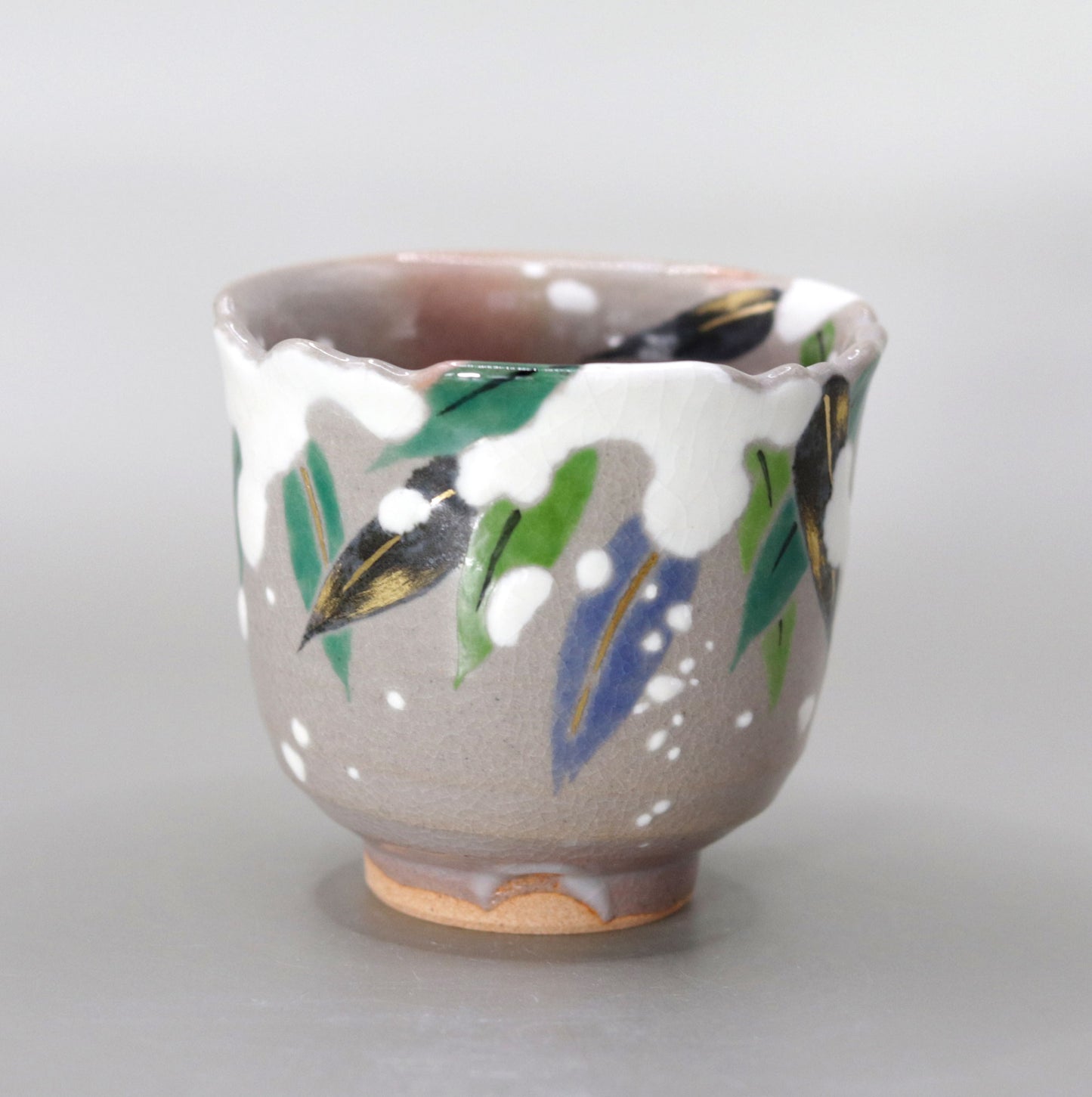
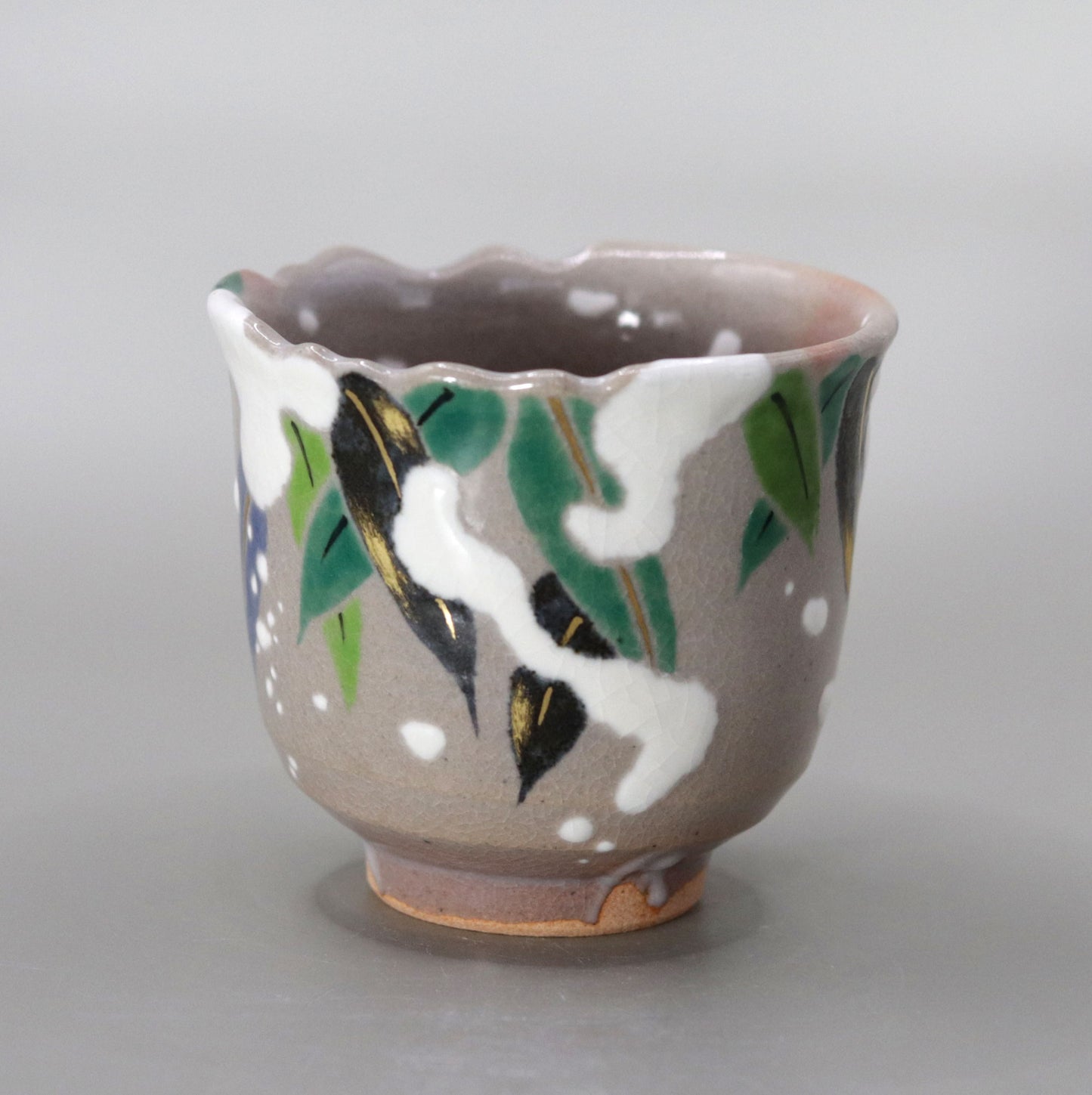
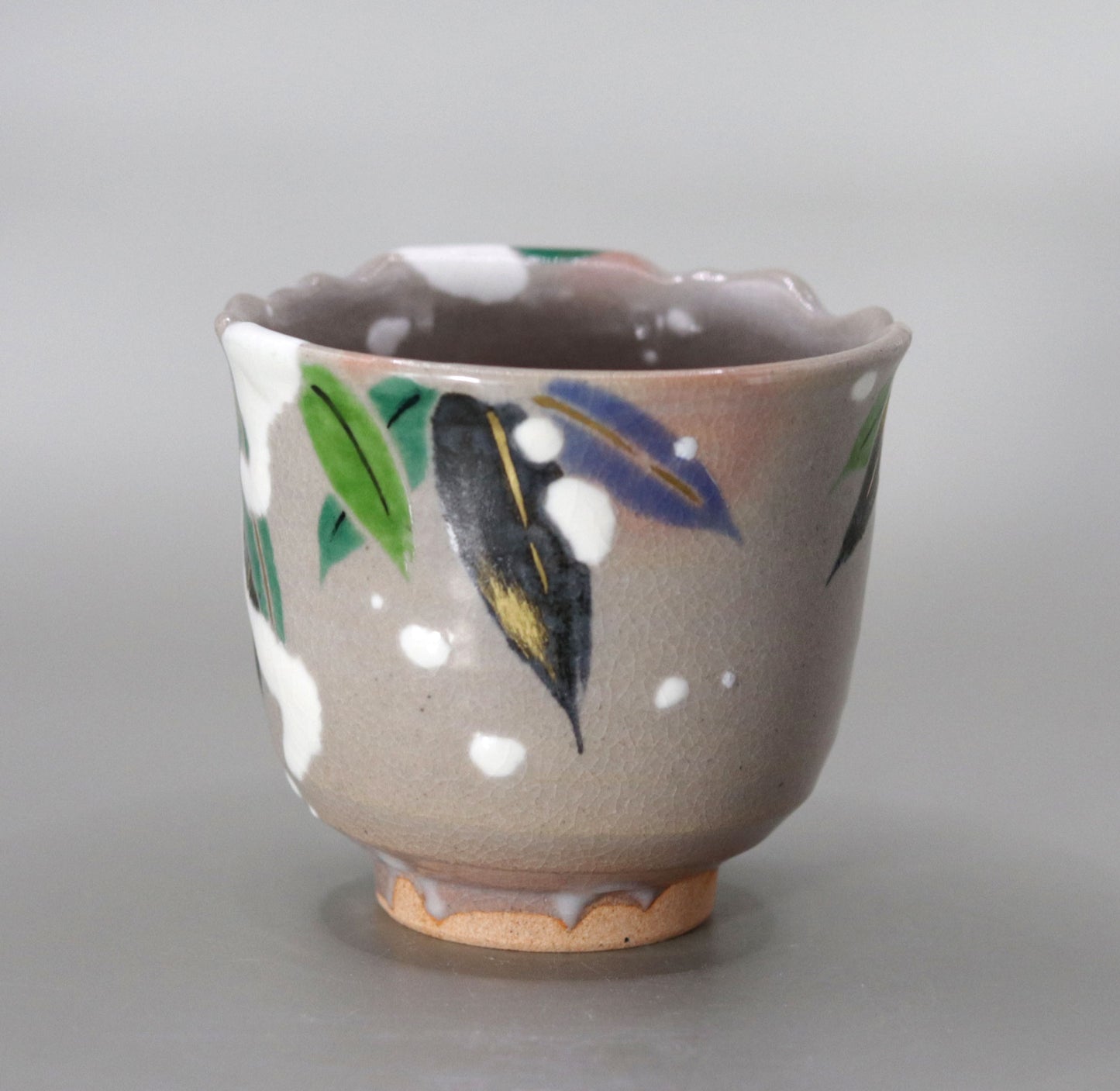
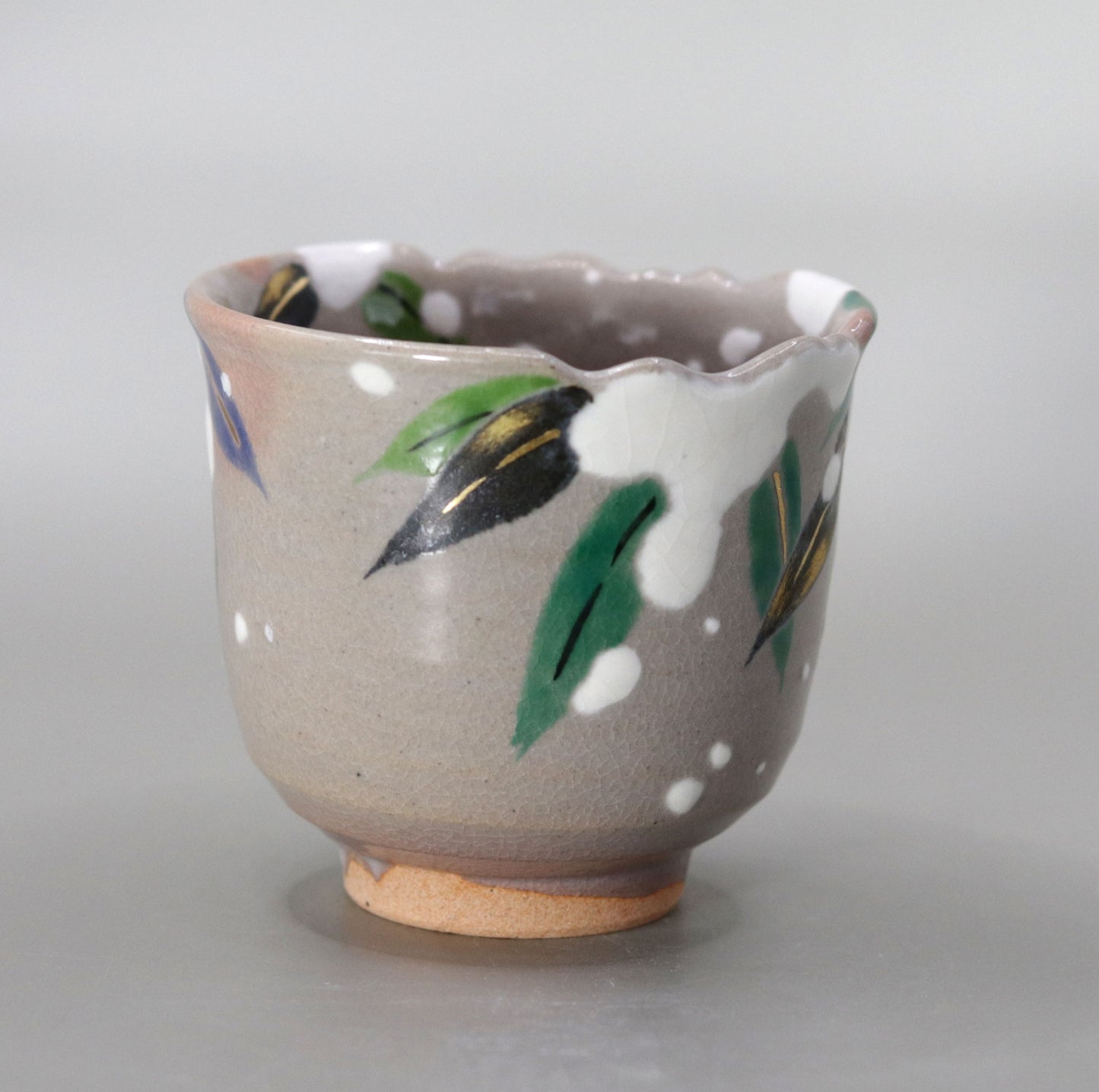
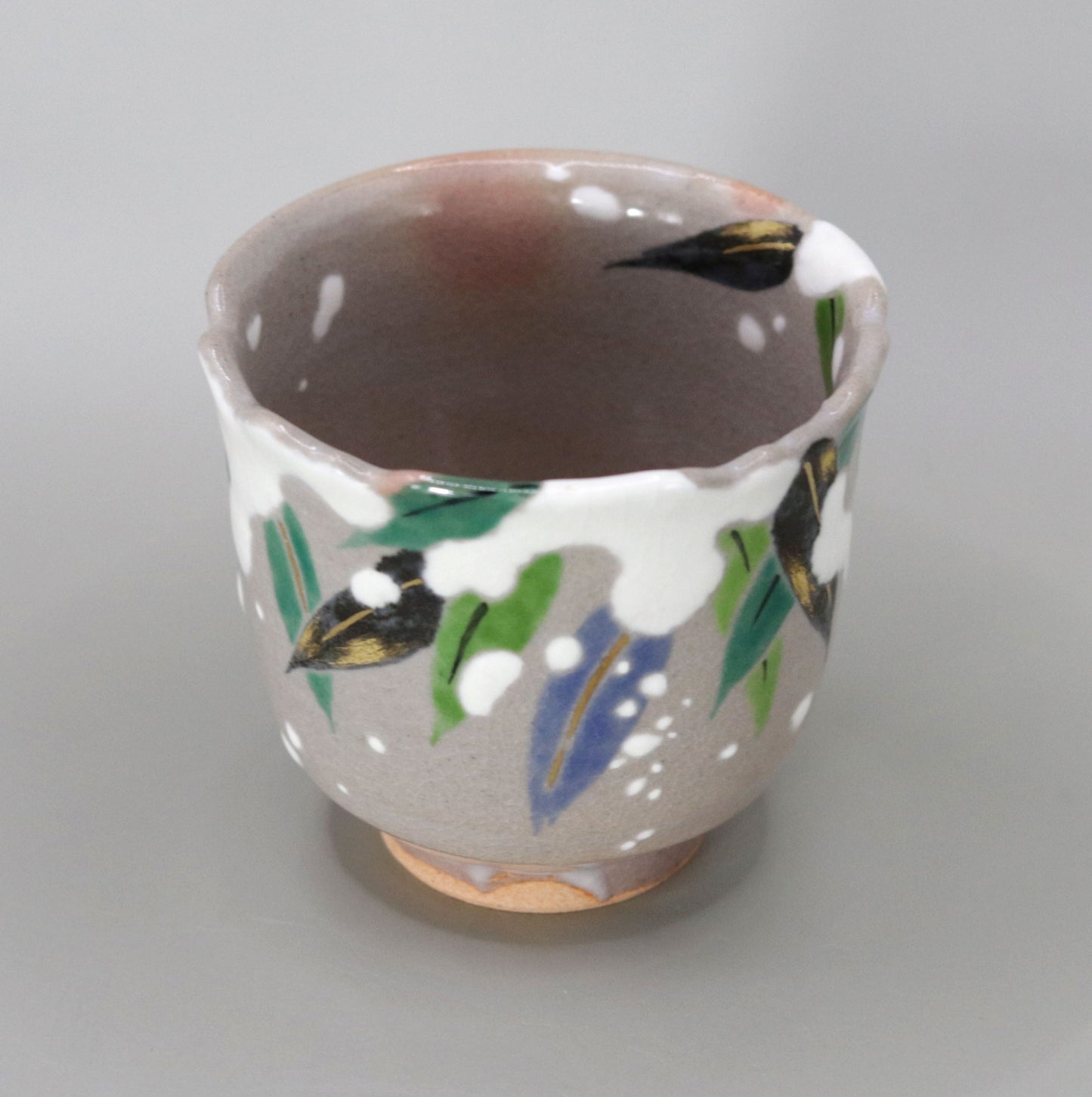
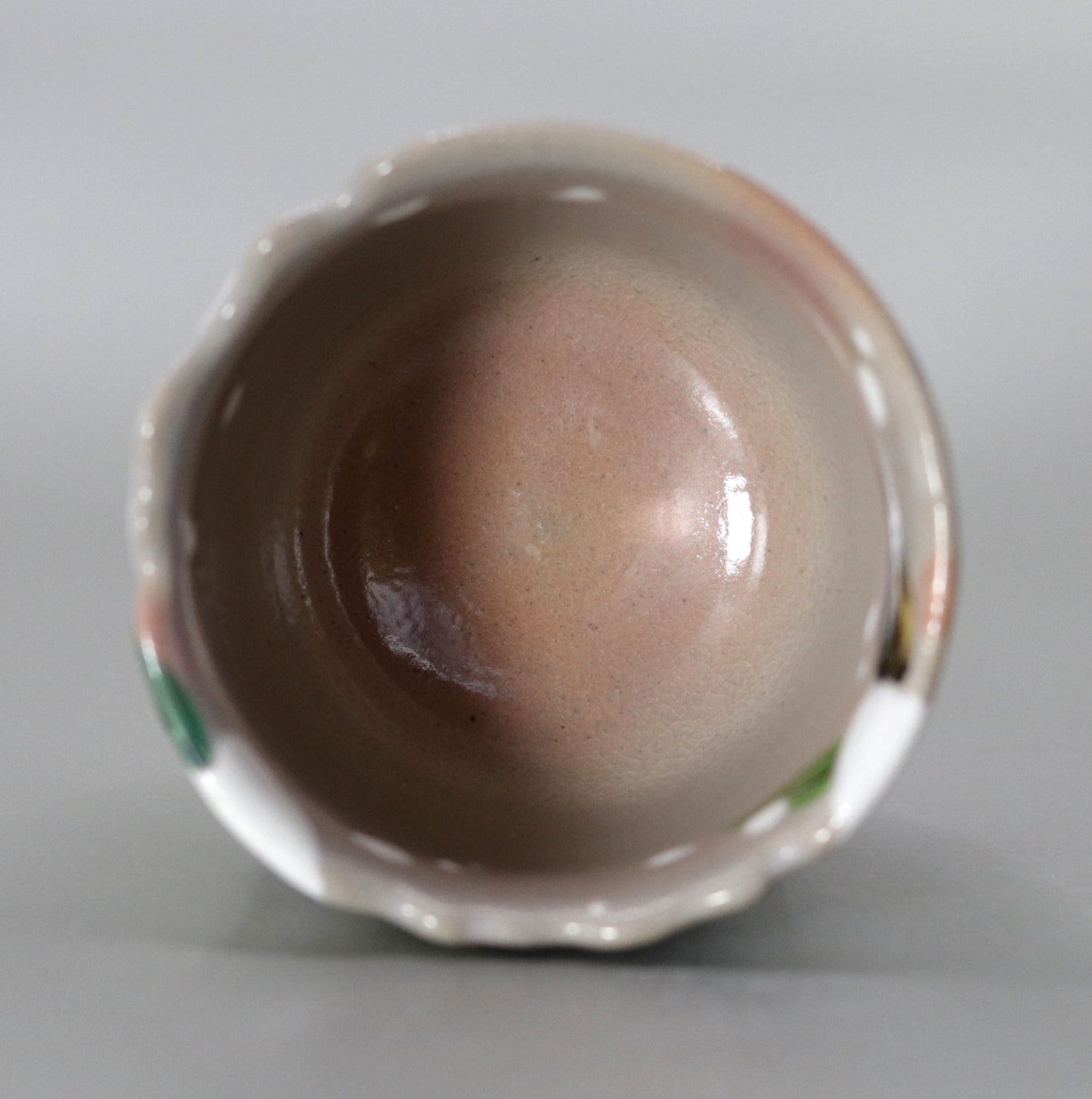
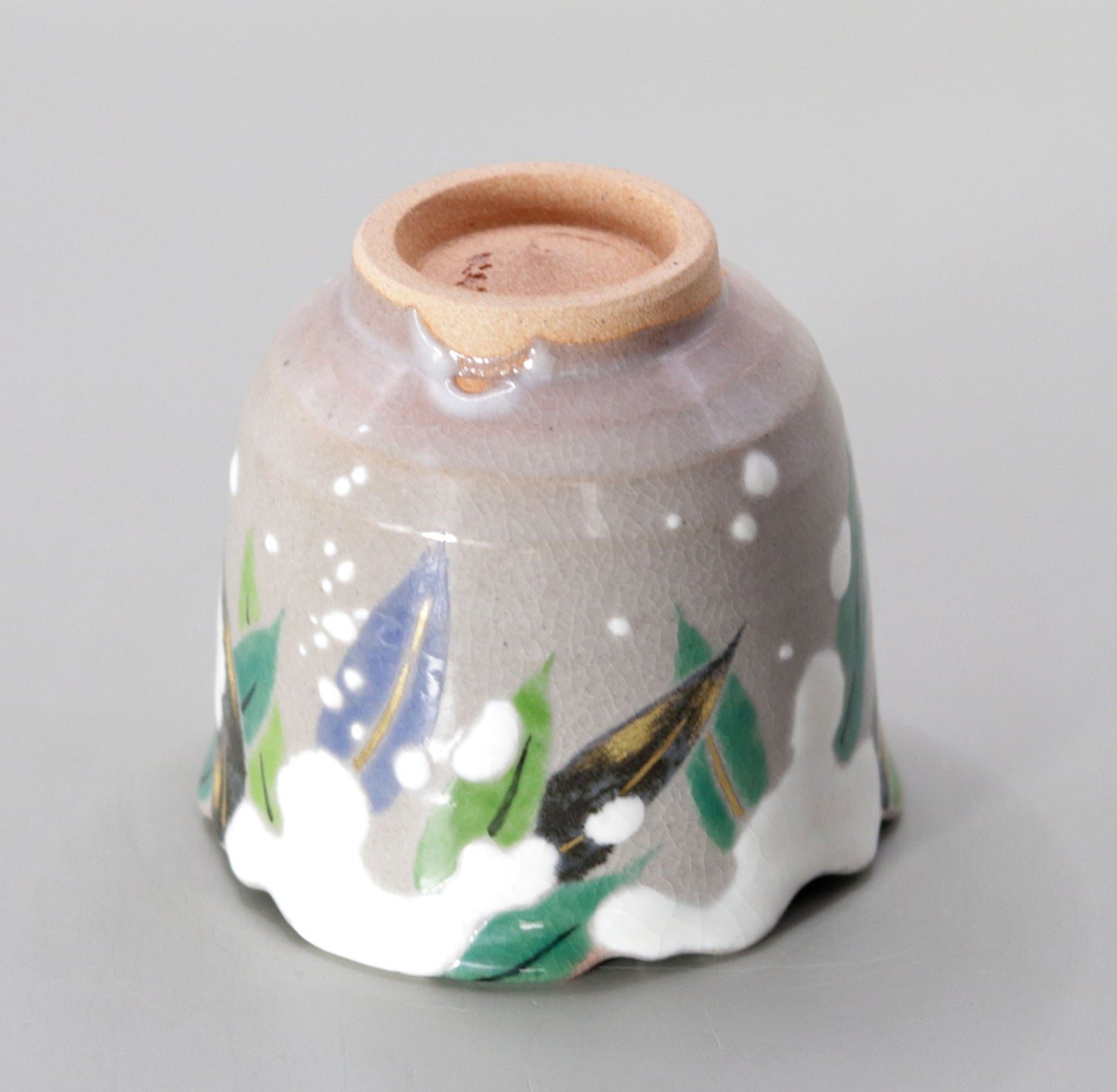
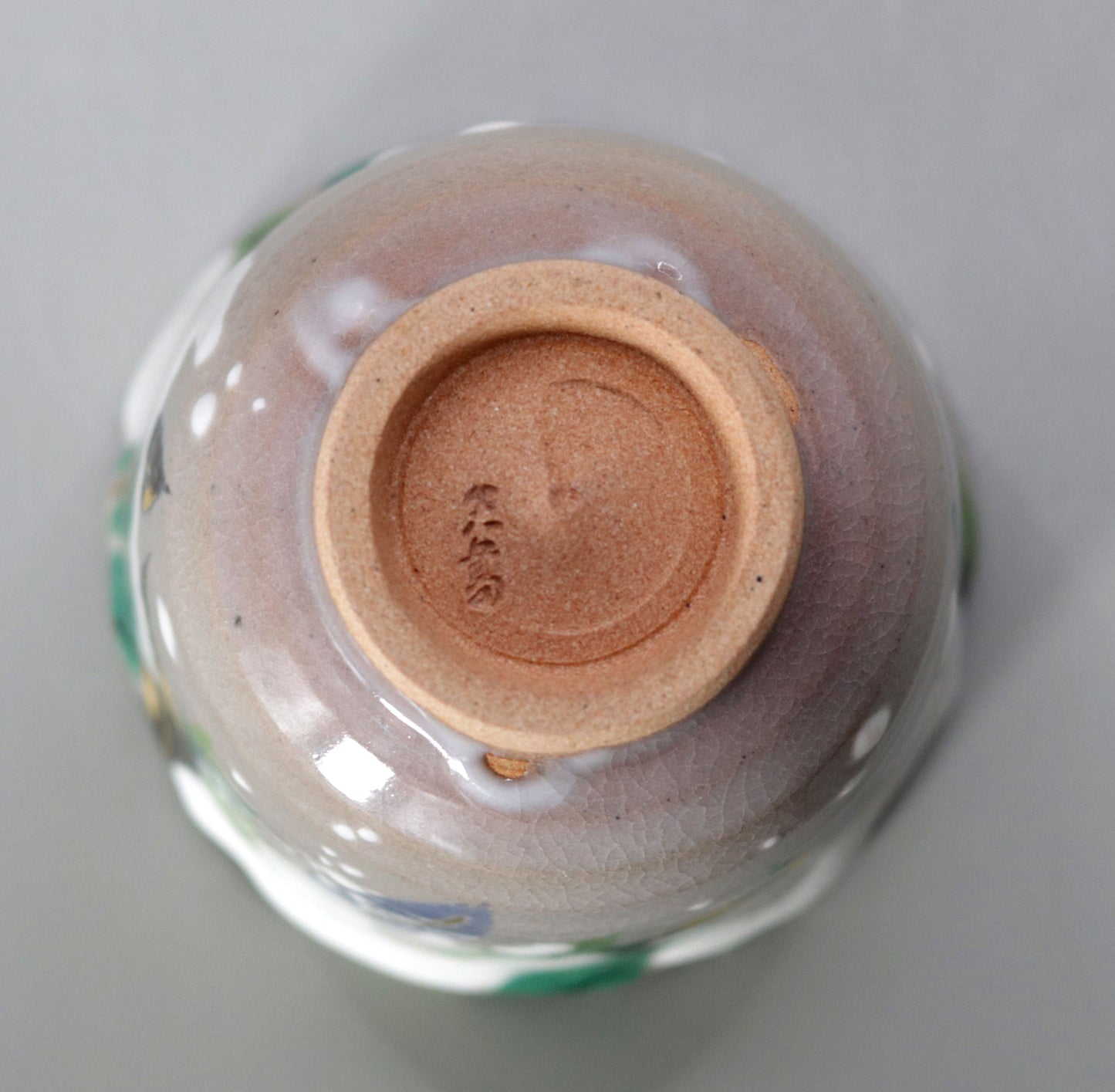
Multi-Column
-
[I will send it to you quickly and carefully]
We carefully package each product in a way that suits it best.
Also, delivery times vary depending on the piece (vessel, etc.).
Items that already come with a box will be shipped within 1-3 days of the order date.
For items that require a box to be made after your order, it will take approximately 30 days for production to be completed and then shipped.
In either case, once we have confirmed your order, we will contact you by email to inform you of the delivery date.
-
[Requests when purchasing pottery]
Even products that look the same may differ slightly in color, shape, size, etc.
The way the glaze is used, the power of the kiln, the firing method, the season, and the humidity also affect the appearance of the pottery.
Please understand the individuality of each piece of pottery and enjoy the unique warmth of handmade.








